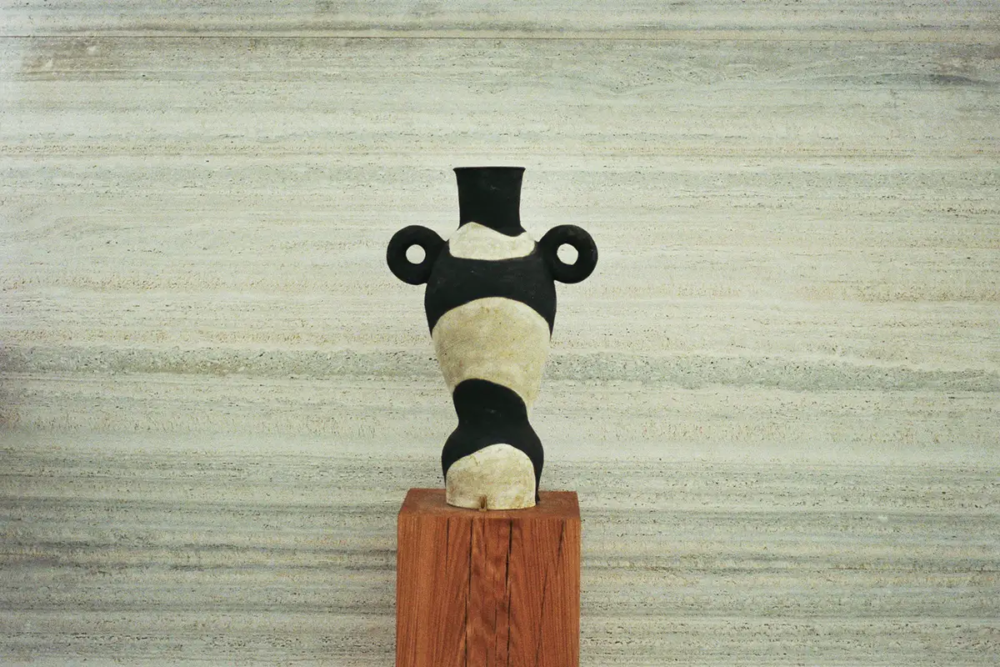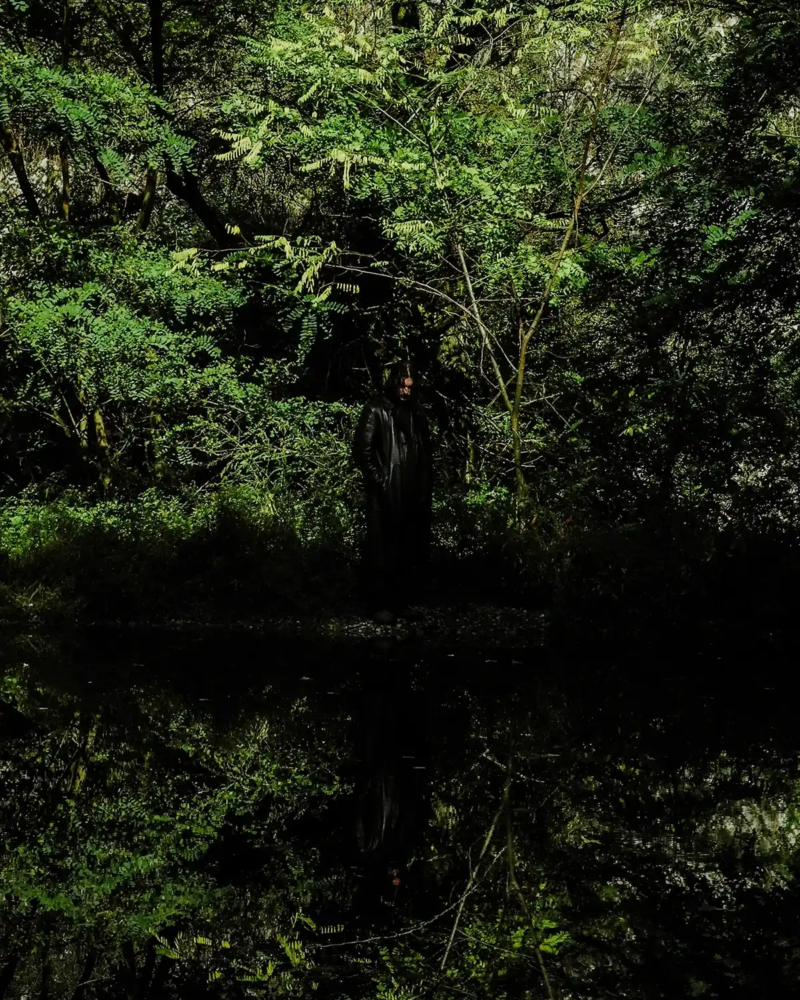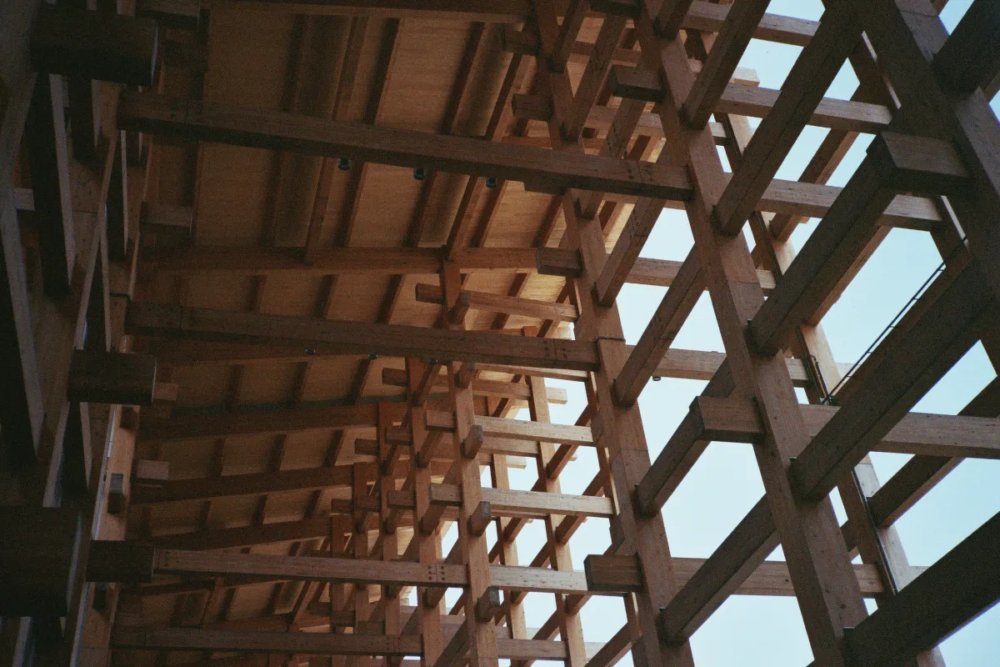
Enacting good practices is no longer an option: about self-sufficient Ventozelo estate in the Douro Valley, Portugal
Ventozelo’s pre-existing buildings underwent a conservative restoration; salvaged or reconstructed with traditional and recyclable local materials along with additions that feature a contemporary language
Douro Valley
The third longest river among those in the Iberian Peninsula with a length that spans 896 kilometers from source to the Atlantic. The Douro River is one of the most valuable rivers for Portugal in terms of economy and hydrology. It flows out of the Sierra de Urbion in Soria Province, Spain and continues its way past north-central Spain, to then enter Portugal flowing out to the Atlantic via the city of Porto. The river is known for the Douro railway line, tourism and the production of Port wine, grapes, conventional wines and other agricultural products.
The Douro Valley dates back to the Romans’ time when they first began planting vines. Today, it counts 300 wine estates. Only after Portugal joined the European Union in 1986 the export monopoly of the large Port houses was abolished and the individual Quintas were granted the right to sell directly on the world market. On December 2001, a large part of the Alto Douro wine region was declared a UNESCO World Heritage Site; marking a turning point for the region’s international notoriety.
Ventozelo Hotel & Quinta
Ventozelo Hotel & Quinta is a 400 hectares estate perched high above the Upper Douro Valley. A wine estate that comprises a 4-star luxury Hotel with 29 rooms, a restaurant, an interpretive center, an outdoor swimming pool and offers a range of experiences such as jeep tours through the vineyards, wine tastings, hiking trails and different activities linked gastronomy, landscape, history and knowledge of the Douro region.
Enhancing ancestral attributes, repurposing the ensemble of existing buildings and adding contemporaneity to them, without changing the landscape, was the main structural challenge. The area of the vineyards covers 200 hectares; the same as the area of 4 football stadiums. The surrounding area is occupied by 100 and 26 hectares of mediterranean forest with many species of fauna and flora, vineyards, olive trees, herbs, flowers and vegetable gardens.
The estate – History of Ventozelo
«The first records go back to the 16th century to Roman time. We are one of the oldest estates of the Douro Valley. The Romans lived here. At that time they didn’t have any kind of vineyard but the estate always had the 400 hectares: just the forests and the typical trees. The estate was called the village of Ventozelo (which holds no actual meaning) but has always carried the name Ventozelo from the beginning, as the records show. The family owner lived here for almost 400 years, the ones that built everything we can see today. A noble family from a city called Lamego (at the time a very famous one). Since Lamego is quite far from here, when they had the chance to sell it, they did it (around the 18th and 19th century)». Explains Rita Alves Ferreira, Wine Tourism Manager at Ventozelo Hotel & Quinta.
She continues: «Then several companies succeeded. They started to produce wine here in the 18th century, around 1840. These companies started to put more vineyards, plant new products, and produce more wine. But Ventozelo always had the same size as today. Sometimes companies couldn’t handle the vastness of it or didn’t have enough money to pay all the workers having such a big estate. They eventually couldn’t handle staying here for many more years. The length of their stay spanned from 10 to 30, then 4 years, and the last one a little longer but then they had to sell the estate again».
Renovation works and Covid-19
It is with Gran Cruz House, the mother company, that everything starts. «In 2017 we started the renovation works. Gran Cruz commissioned local Douro architect Carlos Santelmo of Santelmo & Pereira to restore the estate and only in November 2019 Ventozelo opened to tourism. Then Covid-19 hit hard. In 2020 we only worked for 6 months. Then 2021 was already a good year, the hotel was always fully booked and we are expecting an even better year. One of the first things we started to sell was fresh grapes. We are the ones that started to export fresh fruit», elaborates Ferreira.
Ventozelo Hotel & Quinta pursue environmentally sustainable objectives. As a result, a conservative restoration was carried out through respecting pre-existing buildings, recovered or rebuilt with traditional and recyclable local materials; artifacts and additions with contemporary materials and language see the use of weathering steel. The outdoor pool is the only new addition.
Wine production and grape varieties
The typical soil of Douro, is a schist of slave. An intact soil, all about rocks and different from a natural soil but key for the porto wine. Ferreira says: «We need to break all the rocks, to put the vines there. A job made by hand in the past. Douro soil is a very poor soil but also the reason why we have a low production in terms of grapes but with a very good quality».
Portugal has over 250 different indigenous grape varieties. Vines have to be tough to face the climatic challenges of the Douro Valley. Normal temperatures there in summer span from 30 to 40 degrees and also 45 in September. «It’s often said that we have 9 months of winter and 3 months of hot summer in our region. The vines must be capable of handling both the extremely hot and moderately cold temperatures of the Douro without the grapes losing acidity during the decisive ripening period», explains Ferreira.
For Port wine they use more types of grapes. It must always be a blend of at least 3 or 4 different grapes. Here In Douro they have more than 100 types of grapes. Sometimes it is the opposite, it is hard to have only one type of grapes. At Ventozelo estate they have a very famous vineyard placed in a vertical way where they have planted the only foreign grape that they produce: the French Syrah, an experiment that turned out to be successful (good in quality and quantity).
Ventozelo is a producer of single varieties. They sell 6 single varieties of red wine. Then blends as well. Ferreira says: «Mixed plantings of a handful or more grape varieties help to maintain balance and freshness in the wines. Moreover, the high altitude of the vineyards (up to 700 meters) helps to preserve the acidity and the stony soils give the wines a pronounced minerality. In the demarcated Douro Region, we have 64 authorized red and 46 authorized white varieties. However, only about a dozen of them are widely planted».
[envira-gallery id=”109126″]
Adapting grapes to the climate of Douro region
Before starting to pick grapes, five years have to pass. Until then they can be eaten as fresh fruit. «On these slopes there are no machines so we pick everything by hand. When we put in a new vineyard then we just need to control and make sure to adapt it to a good altitude or inclination». There are grapes that are more sensitive. Regarding white grapes since the skin has no color is more sensitive in general than red grapes, so they are planted just in the higher spots.
More altitude means more freshness, lower temperatures and more protection from sun exposure because they are in a kind of a rounded vail. Red grapes can handle more heat and typical diseases. «We already know what to plant and what has a good or worse production. We need to adapt. We have very old vineyards here that are also 72 years old. Our experts identify them one by one. At the end we have a big list of all the different grapes, and when a vine dies or dries for any kind of reason we need to replace it and replace the same list. However a vine can also survive 100 years. Harvesting and pruning, taking all the leaves and branches and restarting all over again is what we do. Here in Douro more vines have more than 100 years. The production would be lower and lower but the quality would be better», explains Ferreira.
During the harvesting period, guests can participate and join the workers. Ferreira goes on: «It is a big estate so we have a lot of things going on. We like to have our guests involved so they feel they are in an estate and not in a hotel. That’s our goal here». At the end of harvesting, around the end of September and the beginning of October they also pick the olives, always by hand.
Ventozelo winery and Port wine vinification process
Nowadays Port wine is still produced in the same traditional way. Inside the winery at Ventozelo estate there are 4 windows. 4 for each concrete fermentation tanks called Lagares: «The grapes arrive by truck. Then we dump everything from these windows inside. They don’t have to be completely full. Then a group of 10 men goes inside and starts to smash the grapes with their feet and must work at least an hour smashing grapes in each tank at a time. Here there are 6 tanks so they must spend at least 6 hours. Then the fermentation starts and we leave the juice to fermentate for 2-3 days. When half of the initial sugars are transformed into alcohol we then put brandy inside. This is the typical vinification process of Port wine. Then the main secret is the aging process».
After the resulting product passes through filters for the skins and seeds, only the juice enters a hole. Then, through pipes, it all goes into the large oak barrels where the port wine ages. Port wine is made of 77% of alcohol brandy. That is why Port wine is very alcoholic and also very sweet because of the remaining sugar from the grapes. For the other wines there is the need for more technology. Therefore only Port wine is produced in Ventozelo.
The use of waste from the grapes
Once the vinification process has occurred, the skins and all the waste go in a specific room and can stay there for one to two months to get very dry. «At the time since all the estates had to be autonomous they all produced their own brandy (for Port wine). With natural herbs they produced oils while with the skins they produced the brandy. This occurred until the 18th century».
Ferraira explains: «Nowadays we don’t produce brandy here anymore, it is not possible because only specific companies can do it since there are strict regulations for alcohol products. Nowadays we send all the skins to big companies. Then we buy the brandy so as to control not only the tradition but also the quality of it. We use brandy only for the Port wine and the production is very regulated since it is also a heritage».
All the other processes to produce gin are in the winery outside the estate where they also produce the other types of conventional wine. Instead of juniper or some cereals sometimes they use other wines for the gin. When they distill them, they can extract the alcohol and add the aromatic spices.
Biodiversity – Ventozelo terraced vegetable and fruit garden
All the fruit trees and vegetables found in the estate of Ventozelo are all grown in an organic way. There are no treatments or pesticides. «We put flowers between the different vegetables so the bugs can attack the flowers. Our terraced garden is below the level of the other buildings so it’s more protected from the freezing temperatures during the winter and also from the wind. We have lots of water there with tanks.
In the restaurant Cantina de Ventozelo guests can taste the local gastronomy of Douro with the advice of chef Miguel Castro e Silva, who favors seasonal ingredients and those from the garden.
Sustainability – No waste philosophy
Ventozelo is committed to offering as much ‘kilometer zero’ as possible and works with local and nearby suppliers. «With some of them we promote the exchange of surpluses. As an example, since in May 2022 we had a lot of cherries, to avoid waste we exchanged them with our neighbors for potatoes, a product we don’t have here».
In addition to practicing organic production, Ventozelo promotes biodiversity in the gardens through the planting and sowing of flowering species to serve not only as food and shelter for insects that help fight horticultural pests (a practice done also along all the vineyards as well), but also as food for bees, whose beehives are installed close to the vegetable gardens.
Finally, concerning other sustainable practices Ventozelo has installed solar panels. In the forest they have 3 big water tanks of 500 thousand liters that collect all the rain during winter time so as to have enough water to use for the vineyard, the vegetable garden and gardens in general. When they have enough water they also use rainwater harvesting systems for toilet flushing instead of wasting clean drinking water.
Ventozelo Hotel & Quinta
The 400-hectare estate, whose origins date back to the 16th century, is planted with 200 hectares of vines and has been owned since 2014 by the Gran Cruz Group, producers of Port and Douro wine. After four years of work, the winery is now a luxury hotel; one of the winners of the 2022 Global Best Of Wine Tourism Award and winner of the 2022 People’s Choice Awards for the category architecture and landscape.







